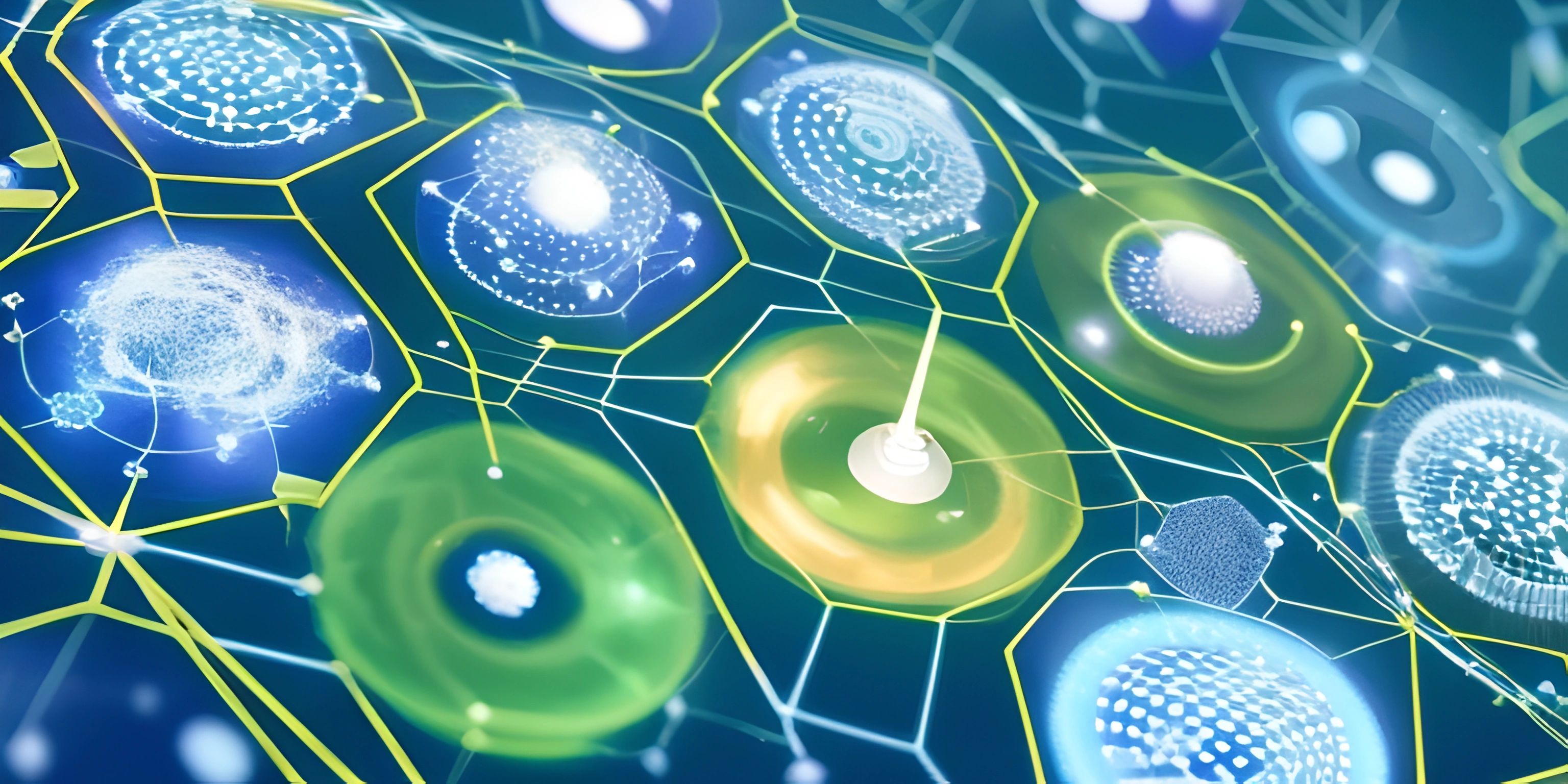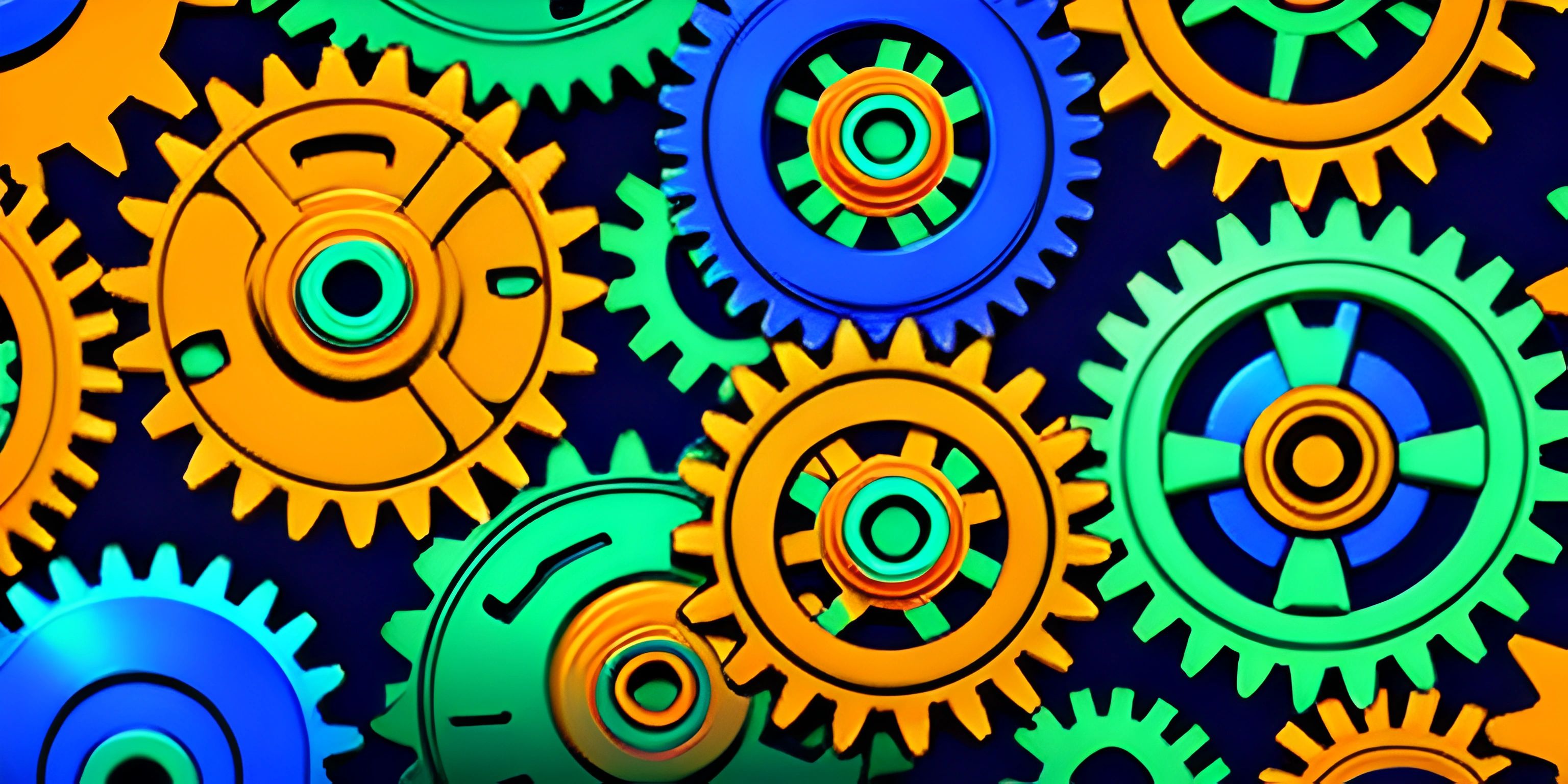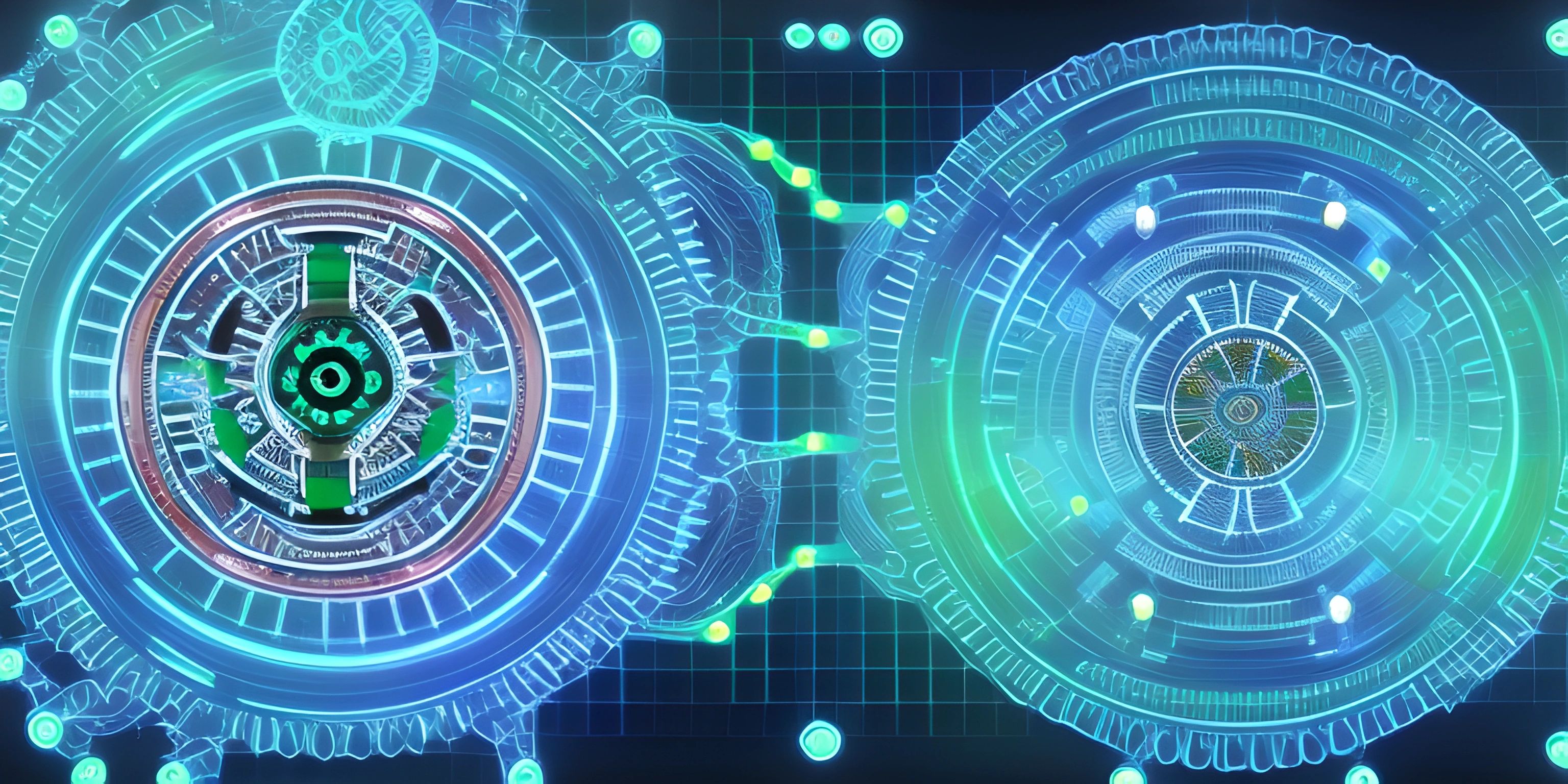Unsupervised Learning

Note: this page has been created with the use of AI. Please take caution, and note that the content of this page does not necessarily reflect the opinion of Cratecode.
Welcome to the realm of unsupervised learning, where machines learn to find patterns and make sense of data without any explicit guidance. Sounds like a dream? Well, let's dive into this fascinating world and explore the various applications of unsupervised learning in machine learning and data analysis.
What is Unsupervised Learning?
In the world of machine learning, there are two primary learning types: supervised and unsupervised learning. While supervised learning involves training a model with labeled data (i.e., the data is tagged with the correct answers), unsupervised learning deals with unlabeled data. In other words, unsupervised learning algorithms find patterns and relationships within the data without any prior knowledge of the "correct" answers.
Unsupervised learning can be thought of as a curious child left alone in a room full of toys. The child may not know what each toy is called or how to use it, but they'll still explore, experiment, and eventually figure out how things work. That's unsupervised learning in a nutshell!
Types of Unsupervised Learning
There are two main types of unsupervised learning tasks: clustering and dimensionality reduction.
Clustering
Clustering is the process of grouping similar data points together based on their features. The goal is to find the underlying structure in the data and create groups (or clusters) that accurately represent the data's patterns.
For example, imagine you have a dataset of animals with various features (size, weight, habitat, etc.). A clustering algorithm will analyze this data and group animals with similar features together, forming distinct clusters like mammals, birds, reptiles, and so on.
Dimensionality Reduction
Dimensionality reduction is the process of reducing the number of features or dimensions in a dataset while preserving its essential information. This is particularly useful for large datasets with hundreds or thousands of features, as it simplifies the data and makes it easier to analyze and visualize.
One popular dimensionality reduction technique is Principal Component Analysis (PCA), which transforms the data into a new coordinate system where each new axis (or principal component) captures as much of the data's variance as possible.
Applications of Unsupervised Learning
Unsupervised learning has numerous applications in various fields, such as:
- Anomaly Detection: Identifying unusual patterns or outliers in data, which can be useful in fraud detection or network security.
- Image Segmentation: Partitioning an image into its constituent regions or objects, helping in tasks like object recognition or scene understanding.
- Natural Language Processing: Discovering topics in large collections of text documents or understanding the semantic structure of languages.
- Recommender Systems: Identifying items that are similar to a user's preferences, helping in personalized recommendations for movies, articles, or products.
- Data Compression: Reducing the size of data for efficient storage and transmission while preserving essential information.
The vast applications of unsupervised learning make it an indispensable tool in the machine learning and data analysis toolbox. So, go on and embrace the power of unsupervised learning to uncover hidden patterns and insights from your data!
Hey there! Want to learn more? Cratecode is an online learning platform that lets you forge your own path. Click here to check out a lesson: Async Rust (psst, it's free!).





